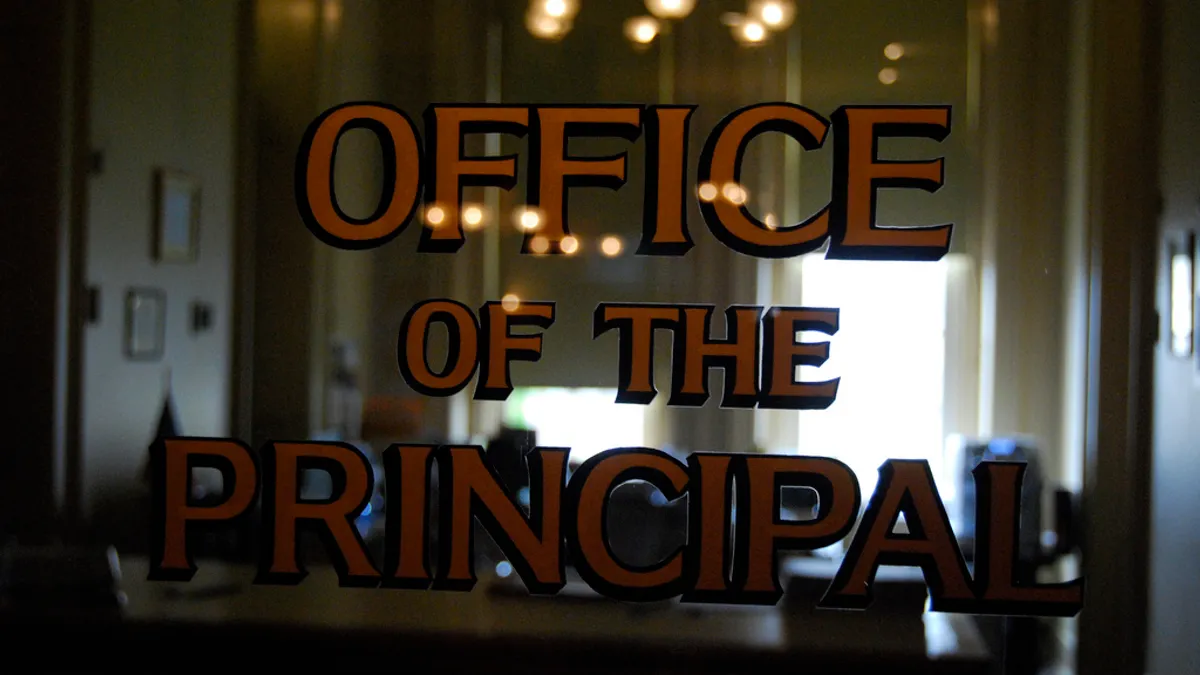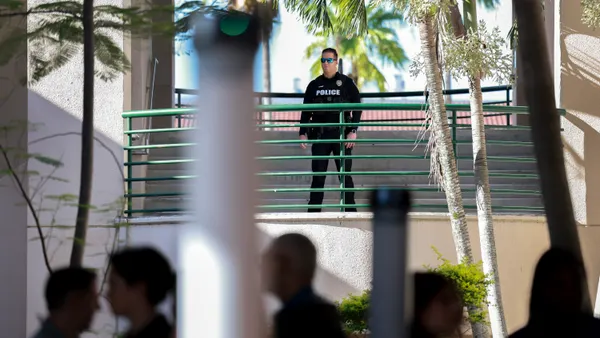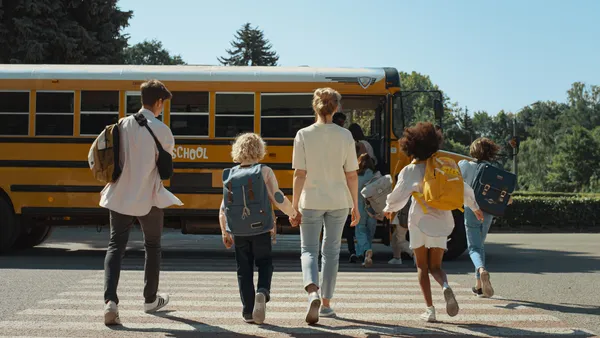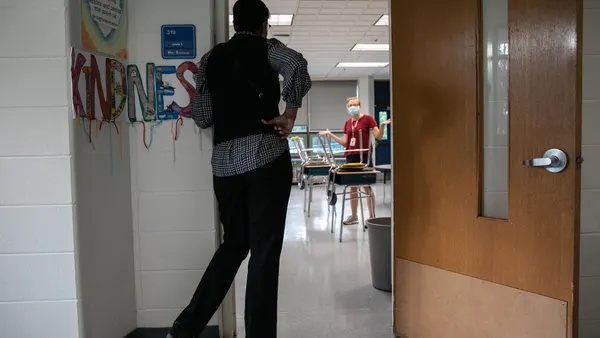Dive Brief:
- To address the fact that Black students were being suspended at Las Vegas' Cheyenne High School five times more frequently than their peers despite making up less than a third of the student body, Principal Zachary Scott Robbins established a restorative justice tribunal, he writes for Edutopia.
- The tribunal allows offenders to tell their side of the story and reflect on their actions and how they impacted others — but in order for it to work and persist, it also had to be time-efficient and cost-effective. As a result, tribunal meetings take no more than 15 minutes of the offender’s time, allowing them to miss as little class time as possible, Robbins writes.
- To keep it cost-effective, Robbins reduced the caseload of one of the school counselors so they could serve as the tribunal facilitator. Student peer advocates also serve in support roles for the offenders during — and often after — the hearings, additionally providing their perspective on how to best repair the damage.
Dive Insight:
Restorative justice is an alternative to traditional discipline that has gained popularity in recent years as school cultures shift from disciplinary policies based in retribution to those focused on reparation. The idea is that the offender and victim share their feelings and perspectives in an effort to elicit emotional investment.
Research published in the Journal of Educational and Psychological Consultation shows when teachers were trained in restorative justice methods, they developed stronger relationships with students and dealt with fewer disciplinary issues.
The shift to restorative justice takes buy-in from staff and students, as well as community partnerships that reinforce the concept. School and police officials at Cherry Hill High School West in New Jersey collaborated to reduce detentions and suspensions by using restorative justice circles to resolve conflict.
One problem, however, is that such programs rely on additional funding, planning and staff training for success. That's why Robbins makes it a point to keep the tribunals at Cheyenne High School inexpensive and budget-crisis-resistant.
Restorative justice practices may also develop safer school communities. Traditional rules-and-consequences methods of discipline can trigger a fight-or-flight response, but restorative justice allows time for the offender to process the incident. It also restores self-esteem and lets the student transcend out of the “bad kid” label they may associate themselves with after a disciplinary action.
The practice also fits in with the movement to create post-pandemic anti-racist school models that are both student-centered and culturally responsive. A large part of this process is transforming school discipline policies to include restorative justice practices.











